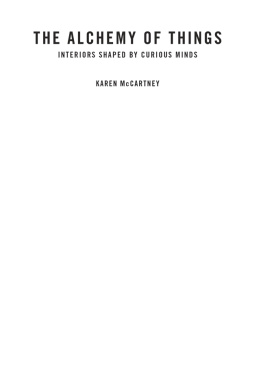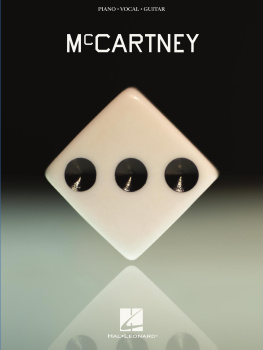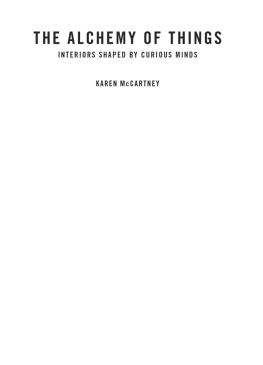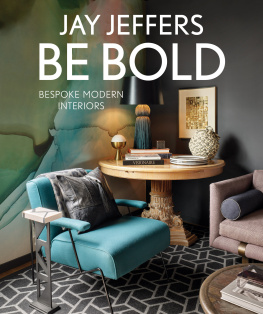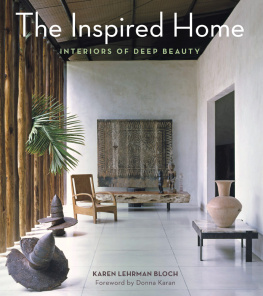THE ALCHEMY OF THINGS EXPLORES INTERIOR SPACES AT THE EDGES OF THE DECORATIVELY POSSIBLE. THE BOOK DETAILS A SERIES OF EIGHTEEN FASCINATING HOMES THAT COME FROM A TRULY CREATIVE PLACE, TRANSCENDING CONVENTIONAL NOTIONS OF COLLECTION AND DISPLAY.
THIS NEW BEAUTY TAPS INTO A CRAVING FOR A PERSONAL SPACE WITH RICH LAYERS, A LITTLE BIT OF ODDITY AND AN IRREPRESSIBLE JOIE DE VIVRE. A MIX OF ARTISTS, INTERIOR DESIGNERS, ARCHITECTS, COLLECTORS, GALLERISTS, STYLISTS, FURNITURE DESIGNERS AND VINTAGE RETAILERS OPEN THE DOORS TO THEIR OWN HOMES MANY FOR THE FIRST TIME.
RODNEY DE SOOS & PATRICK CARRICK
NINA YASHAR
DON CAMERON
FREDERIC HOOFT & EVA GOETHALS
RONAN SULICH & MARGARET NOLAN
VEERLE WENES
GEOFFREY HATTY
JOHN & SUSAN WARDLE
ROBERTO BACIOCCHI
ELISA OSSINO
CLMENCE & DIDIER KRZENTOWSKI
ENRICO TAGLIETTI
TIMOTHY HILL & MICHAEL BUGELLI
TAMSIN & PATRICK JOHNSON
MICHAEL COORENGEL & JEAN-PIERRE CALVAGRAC
HENK DUIJN & HUBRT VAN DER MEER
KHAI LIEW
TON OF HOLLAND
THE ALCHEMY OF THINGS
INTERIORS SHAPED BY CURIOUS MINDS
I t is a dangerous thing to commit to the concept of a book with only a few brilliant examples in your sights. We wanted to show the swing of the decorating pendulum away from the instant gratification of popular culture, the swift satisfaction of the one-stop shop and the look du jour . We had two remarkable examples from Australia to start the ball rolling: Rodney De Soos and Geoffrey Hatty are friends, and while Rodney is retired, Geoffrey is still very much in the game of dealing in vintage furniture. Both know when something is good even if it never finds a buyer, and both have kept pieces they love, with and without pedigree. While curatorial know-how is one thing, they also understand how to place objects, works of art and furniture together for effects that are often theatrical, empathetic and beautiful. The word stylist can sound superficial, but their instinct for placement soars above the prosaic, as they find visual commonalities in all sorts of pieces, regardless of their provenance or monetary value. Herein lies the alchemy.
With the bar set high, we began to search in Australia and Europe for more examples that held these values to heart while not necessarily manifesting the same aesthetic outcome. We wanted to steer clear of the overexposed, to seek out the privately held, the publicity shy and those who would wait, in some instances two years, before the book was published. Research through word of mouth, the help of friends who are much better connected than we are and, of course, the internet yielded a shortlist, most of which, thankfully, came to pass.
The advantage of having written Perfect Imperfect , also for Murdoch Books, meant that I could send potential subjects a copy, and at least establish credentials in terms of creative intent and production values. To Ton of Holland, the smell of the heavily inked pages was enough to sway him.
These days it is increasingly becoming a rarity to have the luxury of one photographer and one stylist to produce an entire interiors or architecture book, to be able to have a consistent look, feel and overall vision to the pages. So the fact that Michael Wee and David Harrison took to planes, trains and automobiles, Airbnbs, Ubers and hire cars on a month-long odyssey from London to Paris, The Hague, Antwerp, Ghent, Toulouse, Arezzo and Milan is very evident in the pages.
Each chapter brings a richness in terms of philosophy, ideas and execution some people are keepers and hoarders, others are hunters and traders but all have this incredibly intense approach to their living space. What is remarkable is that they all manage to err on the side of humanity over pomposity, with a passionate attachment to the space they live in rarely defined by dollars spent.
Exploring their personal histories, it is clear that it is something inherent, something practised from an early age, a drive within them that has morphed and shifted, gathering nuance and depth as time has passed. All are extremely knowledgeable and buy accordingly, but there is often more heart than head, with admissions that the sense of had to have it overrode any other more practical emotion.
In Australia, with the strong aesthetic headwind of Rodney and Geoffrey (in coastal New South Wales and rural Victoria respectively), we found other places of rich cultural interest and fascinating decorative energy, in Tasmanias Hobart and Bruny Island, as well as Sydney, Adelaide and Canberra.
The word decorating doesnt really do the interiors in this book justice it is often a lifetime of acquisition, a care or, in some instances, a devil-may-care approach to space and the things which inhabit it. This book does not deliver how-to or ideas to steal (although, of course, you are welcome to do so). It is more an attitude, a sense of freedom and permission that can be absorbed and applied in a new personal way. To me, the take-away is that your interior can be anything you want it to be if you apply large doses of care and conviction. The care bit is to inform yourself and buy from a position of knowledge, and the conviction is to know yourself and stick to what pleases you. As Rodney De Soos says overleaf, Letting someone into your house is like letting them read your diary; your obsessions become apparent quite quickly.
An interior should be so personal that it exposes all your passions, quirks and interests. Nobody wants to read as a blank page.
RODNEY
DE SOOS
&
PATRICK
CARRICK
HOUSE
OF
LAYERS
Letting someone into your house is like letting them read your diary; your obsessions become apparent quite quickly.
Rodney De Soos
Subtle visual links in terms of colour and form allow the eye to move between disparate elements with ease, without ever overwhelming the onlooker.
The mix of objects refuses to be categorised, and includes a teak table of unknown Indian design and origin, bought at auction, and, on top of the steel cabinet, a collection of Scandinavian glass.
An armchair by Rud Thygesen and Johnny Srensen, produced by Magnus Olesen, sits in front of a Steven Kalmar cabinet.
RODNEY DE SOOS & PATRICK CARRICK
HOUSE OF LAYERS
S ometimes things are not quite as they seem. Inside a simple timber and tin cottage on the rural south coast of New South Wales in Australia is a collection of international 20th century furniture and artefacts curated with the ease of an instinctive collector. The modesty of the exterior reflects that of its owners, Rodney De Soos and Patrick Carrick, who have expanded the original footprint of the house to include a connecting deck, verandah and guest quarters at the rear. Their ingeniously cultivated garden of opulent succulents has a pleasing eccentricity that ensures the discreet building is sandwiched between creative expression inside and out. Were invisible to the locals, says Rodney, aware that what is second nature to themselves is far from the norm in this holiday enclave of fibro summer houses and red brick homes.

